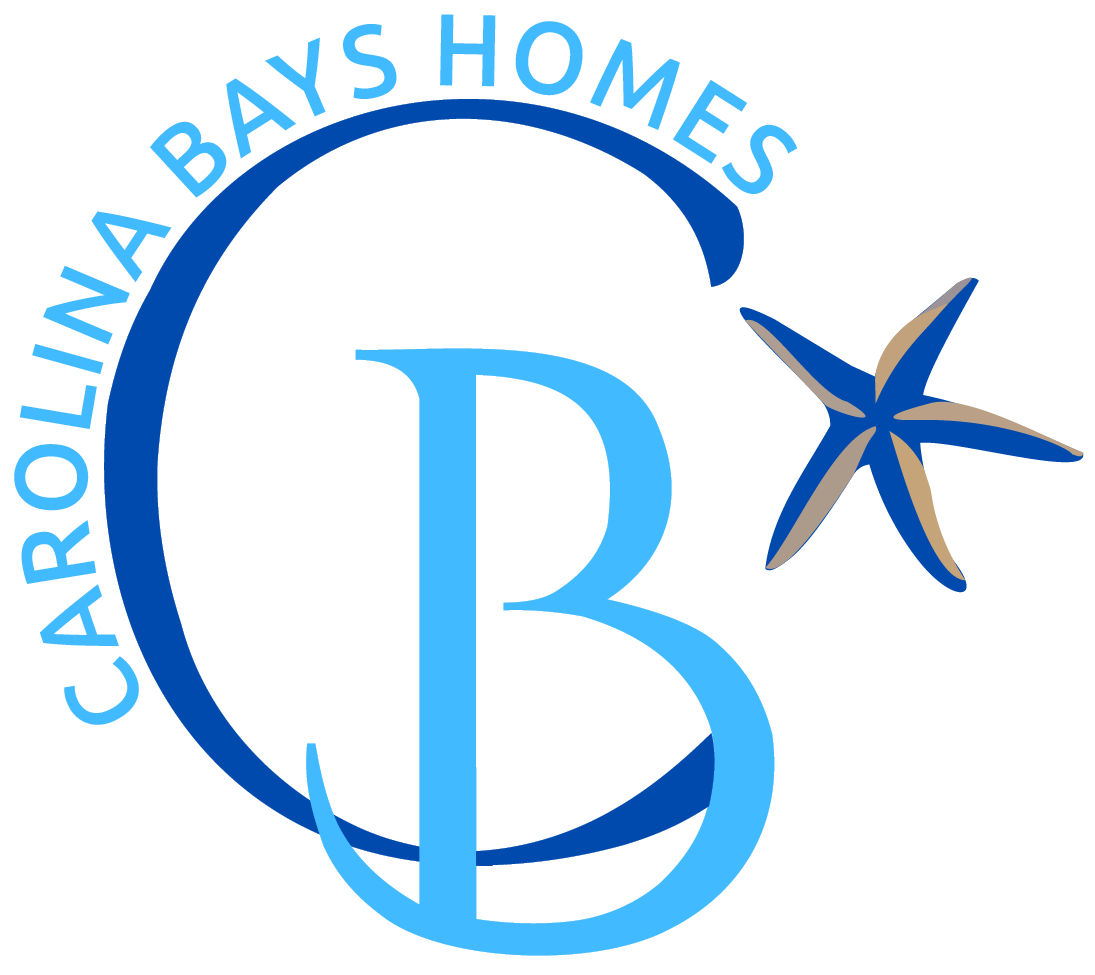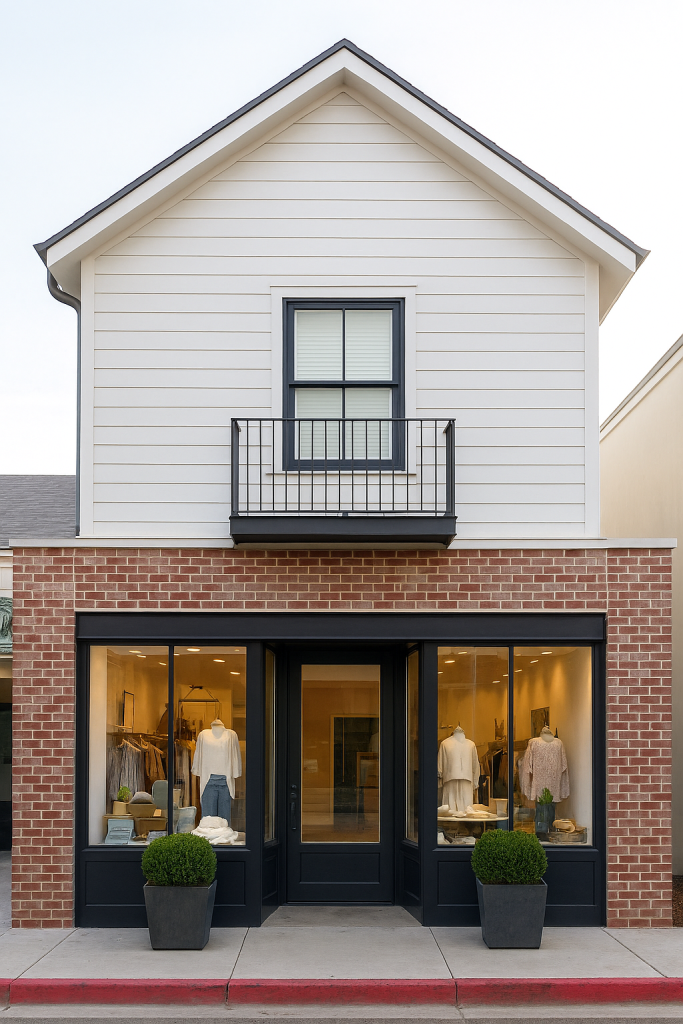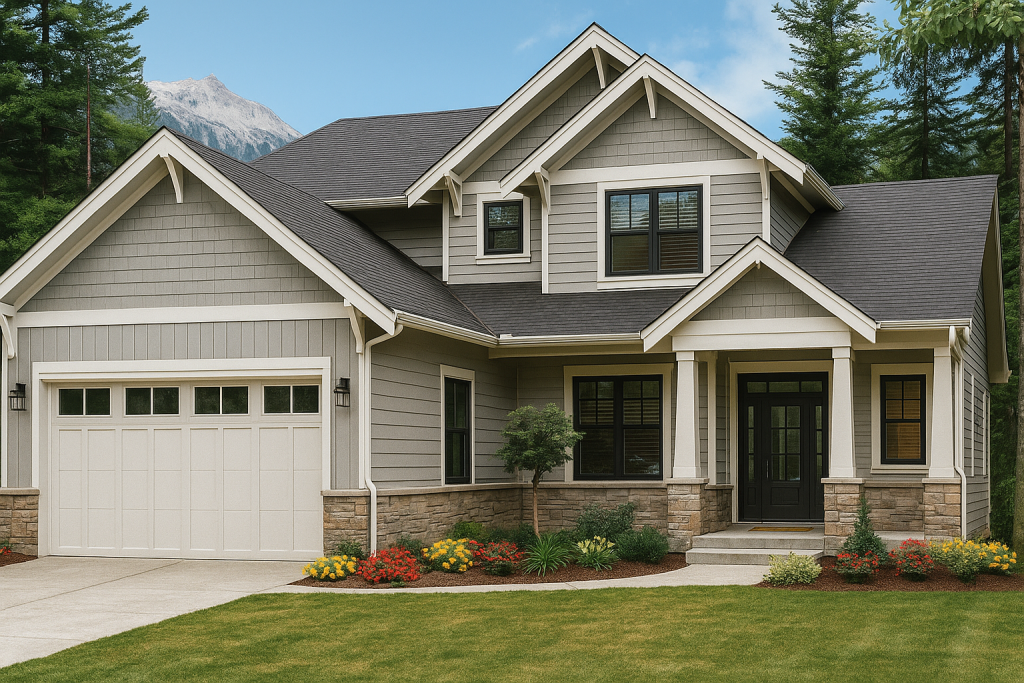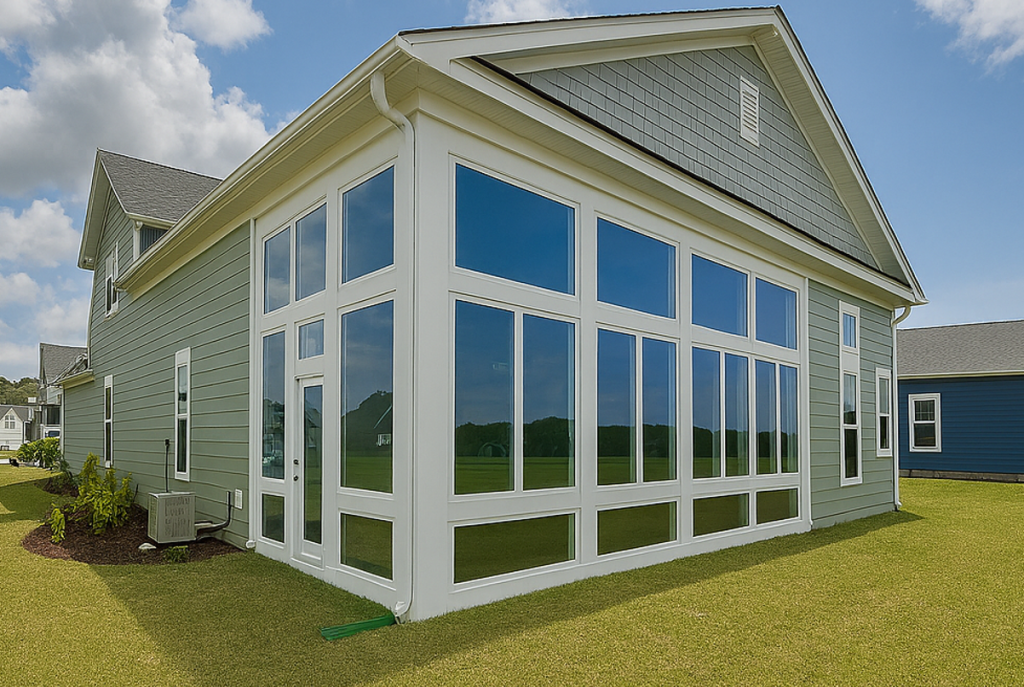Wood Piling vs. CMU Pier Foundations: Which One is Right for Your Home Building Project?
Being in an industry such homebuilding in Myrtle Beach, we often get asked about building foundations above flood levels. In Coastal regions, building in flood zones is often a reality. When it comes to raised beach home style foundation choices in construction, two common options stand out—wood pilings and CMU (Concrete Masonry Unit) piers. Both serve as sturdy bases for structures, but they are used in different scenarios and offer distinct advantages. Choosing the right one depends on factors such as soil conditions, budget, and the type of structure being built. In this post, we’ll break down the differences between wood piling and CMU pier foundations and explore the benefits of each.
Understanding Wood Piling Foundations
A wood piling foundation consists of long, treated wooden posts driven deep into the ground or water to provide a stable base for construction. These foundations are particularly common in coastal areas, wetlands, and flood-prone regions, where traditional foundations may be impractical.
Benefits of Wood Piling Foundations
- Flood and Moisture Resistance – Because pilings elevate structures above ground or water, they protect against flooding and moisture-related damage.
- Ideal for Soft or Wet Soil – In areas where soil conditions are weak or saturated, pilings provide deep support that prevents settling or shifting.
- Durability – Pressure-treated wood pilings resist rot, insect infestation, and water damage, making them a long-lasting option.
- Minimal Ground Disturbance – Installing wood pilings doesn’t require extensive excavation, which helps preserve the surrounding environment.
Understanding CMU Pier Foundations
CMU pier foundations use stacked concrete masonry units (or concrete blocks) to create vertical supports for a structure. These piers are typically used in residential and light commercial buildings, particularly in areas with stable, well-drained soil.
Benefits of CMU Pier Foundations
- Cost-Effective – Compared to deep foundation systems, CMU piers are an affordable option, especially for smaller buildings.
- Ease of Construction – CMU blocks are easy to work with and allow for relatively quick installation without specialized equipment.
- Excellent Load-Bearing Capacity – When properly reinforced, CMU piers provide a strong and stable base for structures.
- Low Maintenance – Unlike wood, concrete masonry is not susceptible to rot or insect damage, making it a durable and low-maintenance choice.
Which Foundation is Right for You?
Both raised foundation types are very structurally sound and with the specs provided by a licensed engineer will hold up to high winds, flood waters and otherwise. One should consider the moisture level of their specific lot as part of the decision for one versus the other. Another factor may be as simple as just considering the exterior appeal that you want for your home. Either way, your home will be raised above the potential flood waters and provide you with years of a safe, healthy and strong home. For more information on raised beach homes or other home buying questions, please reach out to us here.







